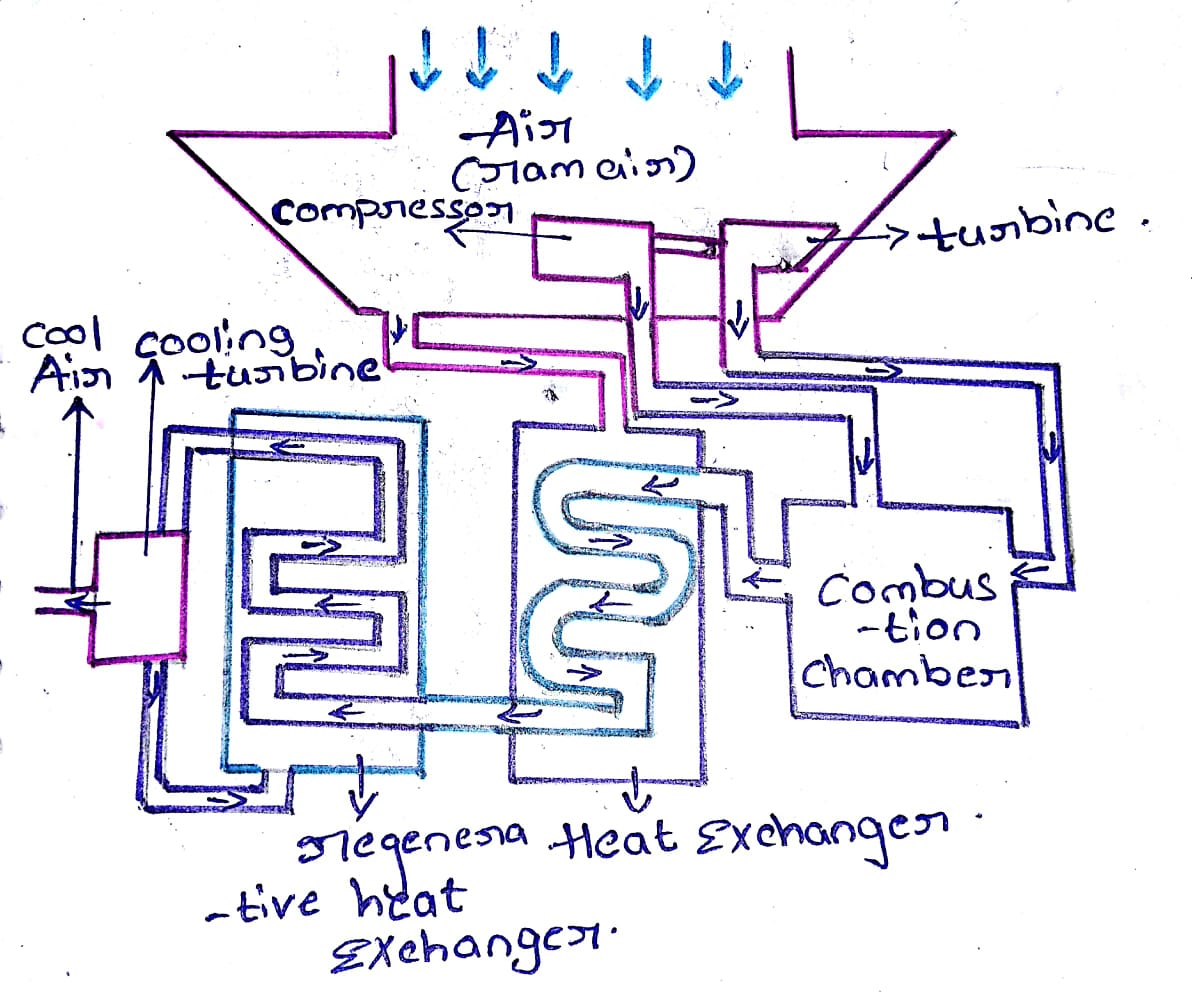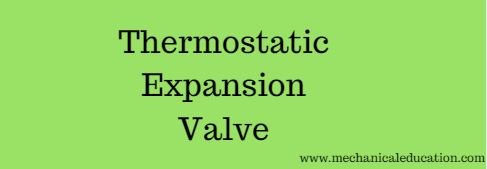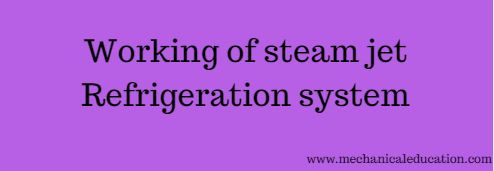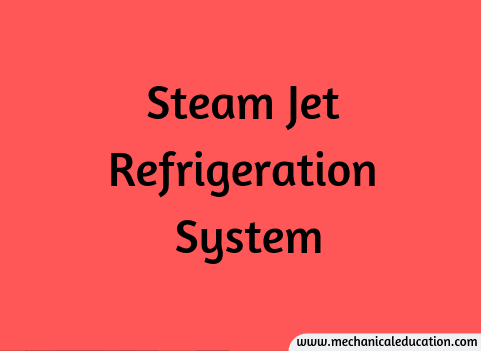What is Simple Air Evaporative Cooling System?
An air evaporative cooling system is a simple and energy-efficient way to cool the air in a given space. This method utilizes the natural process of water evaporation to cool the air. Here’s a basic outline of a simple evaporative cooling system:
Components of Simple Air Evaporative Cooling System?
- Water Source:
- You need a water source for this system. It could be a water supply line or a container that you manually fill.
- Water Pump:
- A small water pump is needed to circulate water to the cooling pads or media.
- Cooling Pads/Media:
- Cooling pads or media are typically made of materials that absorb and retain water well. They are installed in front of or around the air intake.
- Fan:
- A fan is used to draw air through the wet cooling pads, facilitating the evaporation process.
Working Principle of Simple Air Evaporative Cooling System:
- Water Circulation:
- The water pump circulates water from the water source to the cooling pads.
- Wet Cooling Pads:
- The cooling pads are kept wet by the circulating water. As air passes through them, it picks up moisture through evaporation, which cools the air.
- Fan Action:
- The fan draws warm air from the surroundings through the wet cooling pads.
- Evaporation and Cooling:
- As the air passes through the wet pads, the water evaporates, absorbing heat from the air and reducing its temperature.
- Cool Air Output:
- The now-cooled air is pushed into the living or working space, providing a refreshing and cooler environment.
How to setup Simple Air Evaporative Cooling System?
- Placement:
- Install the system in an area where there is good airflow. This helps in better evaporation and cooling.
- Regular Maintenance:
- Clean the cooling pads regularly to prevent mineral buildup and ensure efficient cooling.
- Water Quality:
- Use clean water to prevent mineral deposits on the cooling pads, which can reduce their effectiveness.
- Control System:
- Consider adding a simple control system to regulate the water pump and fan based on temperature and humidity levels.
- Energy Efficiency:
- Evaporative cooling is most effective in dry climates. In more humid conditions, its effectiveness may be reduced.
Keep in mind that while evaporative cooling is energy-efficient and environmentally friendly, it may not be as effective in highly humid climates. Additionally, this system is suitable for cooling small to medium-sized spaces.
Simple Air Evaporative Cooling System Adavatages and Disadvatages
Advantages of Simple Air Evaporative Cooling System?
- Energy Efficiency:
- Evaporative cooling systems are generally more energy-efficient compared to traditional air conditioning units, as they use less electricity.
- Environmentally Friendly:
- These systems use water evaporation, a natural process, without the need for harmful refrigerants, making them more environmentally friendly.
- Lower Operating Costs:
- The cost of running an evaporative cooler is usually lower than that of traditional air conditioning units, contributing to cost savings.
- Fresh Air Circulation:
- Evaporative coolers bring in fresh air from the outside, contributing to better indoor air quality by constantly circulating and ventilating the space.
- Simple Maintenance:
- The system components are generally simple and easy to maintain. Regular cleaning and occasional pad replacement are typically the main maintenance tasks.
- Easy Installation:
- Evaporative coolers are often easier and less expensive to install than traditional air conditioning systems, especially in smaller spaces.
- Humidity Control:
- In dry climates, evaporative coolers add moisture to the air, which can be beneficial for comfort and health.
Disadvantages of Simple Air Evaporative Cooling System?
- Effectiveness in Humid Climates:
- Evaporative cooling is less effective in highly humid climates, as the air may already be saturated with moisture, reducing the cooling effect.
- Water Availability:
- These systems require a constant water supply, which may be a limitation in areas facing water shortages.
- Maintenance Challenges:
- Regular maintenance is necessary to prevent mineral buildup on cooling pads and ensure optimal performance. Neglecting maintenance can lead to reduced efficiency.
- Limited Cooling Capacity:
- Evaporative coolers may have limitations in cooling large spaces. They are more suitable for smaller to medium-sized areas.
- Seasonal Use:
- In regions with extreme temperature variations, evaporative coolers may be effective only during certain seasons, such as spring and summer.
- Water Quality Concerns:
- Poor water quality can lead to mineral deposits on cooling pads, affecting efficiency. Using clean water or installing water treatment systems can mitigate this issue.
- Not Suitable for Closed Spaces:
- Evaporative cooling works best in areas with good ventilation. In closed spaces, the humidity can build up, reducing the system’s effectiveness.
When considering an evaporative cooling system, it’s essential to assess the local climate, water availability, and the specific cooling requirements of the space to determine whether it is a suitable and efficient solution.
Examples of Simple Air Evaporative Cooling?
Simple air evaporative cooling systems come in various forms and sizes, ranging from small portable units to larger systems. Here are a few examples:
- Portable Evaporative Coolers:
- These are compact units designed for personal or small space cooling. They often have wheels for easy mobility and can be used in homes, offices, or outdoor settings. Examples include models from brands like Honeywell, Luma Comfort, and Hessaire.
- Window-Mounted Evaporative Coolers:
- These units are designed to be installed in windows, providing an affordable and energy-efficient cooling solution for individual rooms. Hessaire and Breezair are examples of brands offering window-mounted evaporative coolers.
- Ducted Evaporative Cooling Systems:
- These systems are installed in homes or commercial buildings with ductwork. Air is cooled through wet pads and then distributed through the existing duct system. Brands like Bonaire, Braemar, and Symphony offer ducted evaporative cooling solutions.
- Roof-Mounted Evaporative Coolers:
- Some larger-scale evaporative cooling systems are installed on the roof of buildings. These systems are suitable for cooling larger spaces such as warehouses, factories, or commercial facilities. Brands like Portacool and Essick Air offer roof-mounted options.
- DIY Evaporative Coolers:
- It’s possible to create a simple evaporative cooling system using household items. For example, a DIY project could involve placing a wet towel in front of a fan or creating a makeshift cooling pad system using absorbent materials. While not as effective as purpose-built units, these DIY solutions can provide some cooling in small spaces.
- Automotive Evaporative Coolers:
- Some vehicles come equipped with evaporative cooling systems for the cabin. Additionally, there are aftermarket portable evaporative coolers designed for use in cars, trucks, or RVs. Brands like Portacool Cyclone and RoadPro offer automotive evaporative coolers.
- Personal Wearable Cooling Devices:
- Evaporative cooling technology is also integrated into wearable devices designed to cool individuals in hot environments. These devices often use water-absorbing materials and a fan to create a cooling effect. Examples include products like the Mission HydroActive Cooling Towel or personal cooling vests.
Remember that the effectiveness of these systems depends on factors such as humidity levels and the size of the space being cooled. It’s essential to choose a system that suits the specific cooling needs and conditions of the intended environment.
Process of Simple Air Evaporative Cooling System?
The process of simple air evaporative cooling involves using the natural principle of water evaporation to cool the air. Here’s a step-by-step explanation of how this type of evaporative cooling works:
- Water Supply:
- The system requires a water source, which can be a water tank, a connected water line, or a manually filled reservoir.
- Water Pump:
- A water pump is responsible for circulating water from the water source to the cooling medium, usually cooling pads or other wet surfaces.
- Cooling Medium (Pads or Surfaces):
- The cooling medium, often made of absorbent materials like cellulose, straw, or other water-retaining materials, is kept wet by the circulating water.
- Air Intake:
- Warm air from the surroundings is drawn into the cooling system through a fan. This can be outdoor air or air from the space being cooled.
- Contact with Wet Medium:
- The warm air passes through or comes into contact with the wet cooling medium. As the air flows over the wet surface, it picks up moisture from the evaporating water.
- Evaporation:
- The heat from the warm air causes the water on the cooling medium to evaporate, transitioning from a liquid to a vapor state. This phase change requires heat energy, which is taken from the surrounding air, resulting in a decrease in air temperature.
- Cooling Effect:
- The now-cooled air is released into the living or working space. This cooled air provides a refreshing and more comfortable environment.
- Continuous Circulation:
- The process is continuous as long as there is a water supply to keep the cooling medium wet. The fan continually draws warm air through the wet medium, sustaining the cooling effect.
- Optional Humidification:
- Depending on the design and settings of the evaporative cooler, the process may also add moisture to the air, increasing humidity. This can be beneficial in dry climates but may not be desirable in humid conditions.
- Control Mechanism:
- Some simple evaporative coolers may have basic control mechanisms to regulate the water pump and fan speed, allowing for adjustments based on temperature and humidity levels.
It’s important to note that while simple air evaporative cooling is effective and energy-efficient in dry climates, its effectiveness may be reduced in humid conditions. Additionally, proper maintenance, including regular cleaning of cooling pads and ensuring a clean water supply, is crucial for optimal performance.
Drawbacks of Simple Air Evaporative Cooling?
While simple air evaporative cooling systems are energy-efficient and cost-effective, they do have some drawbacks that should be considered:
- Humidity Sensitivity:
- Simple evaporative coolers are highly sensitive to ambient humidity levels. They work best in arid or dry climates where the air has low humidity. In humid conditions, the cooling efficiency diminishes.
- Limited Cooling Capacity:
- These systems are more suitable for smaller to medium-sized spaces. Cooling larger areas may require multiple units, and their effectiveness may be limited in such cases.
- Water Quality Concerns:
- Poor water quality can lead to mineral deposits on the cooling pads, affecting the efficiency of the system. Regular maintenance and the use of clean water or water treatment solutions may be necessary.
- Water Consumption:
- Evaporative coolers consume water during the cooling process. In regions facing water scarcity or restrictions, the water usage may be a concern.
- Maintenance Requirements:
- Regular maintenance is crucial. Cooling pads need cleaning or replacement periodically, and the water distribution system should be checked for any issues.
- Seasonal Limitations:
- Simple evaporative cooling may be less effective during certain seasons or in areas with extreme temperature variations. In colder weather, the cooling effect may be limited.
- Not Suitable for Closed Spaces:
- Evaporative cooling systems work best in areas with good ventilation. In closed or tightly sealed spaces, the humidity can build up, reducing the system’s effectiveness and potentially causing discomfort.
- Ice Formation (in cold conditions):
- In very cold conditions, the water used in the evaporative cooling system might lead to the formation of ice on the cooling pads, reducing efficiency and potentially causing damage.
- Limited Temperature Reduction:
- Evaporative cooling systems are effective in reducing air temperature, but the degree of cooling may not be as low as what can be achieved with traditional air conditioning systems.
- Noise Levels:
- Some evaporative coolers may produce noise, especially if they use a fan for air circulation. While not always a significant drawback, it’s something to consider for noise-sensitive environments.
Despite these drawbacks, simple air evaporative cooling systems remain a viable and sustainable option, particularly in regions with dry climates and where water is more readily available. Careful consideration of these limitations and proper system maintenance can help maximize their efficiency and benefits.
Frequently Asked Questions – FAQ’s
Are there any environmental benefits to using simple air evaporative cooling?
Yes, simple evaporative cooling systems are environmentally friendly as they do not use refrigerants or chemicals. They rely on the natural process of water evaporation, reducing their environmental impact.
Do simple air evaporative coolers increase indoor humidity?
Yes, in addition to cooling, simple evaporative coolers can increase indoor humidity. This can be beneficial in dry climates but may not be desirable in already humid conditions.
Can simple evaporative coolers be used indoors?
Yes, simple evaporative coolers can be used indoors. However, good ventilation is essential for optimal performance. They are not recommended for tightly sealed or closed spaces.
What is the maintenance requirement for simple air evaporative cooling systems?
Regular maintenance includes cleaning cooling pads, checking water distribution systems, and ensuring the water pump and fan are functioning correctly.
Are simple evaporative coolers suitable for cooling large spaces?
Simple evaporative coolers are more suitable for smaller to medium-sized spaces. Cooling larger areas may require multiple units to achieve optimal results.
Can I use tap water for simple air evaporative cooling?
While tap water can be used, using clean water is recommended to prevent mineral buildup on cooling pads, which can affect the system’s efficiency. Water treatment may be necessary in areas with hard water.
Is simple air evaporative cooling energy-efficient?
Yes, simple air evaporative cooling is generally more energy-efficient than traditional air conditioning systems as it uses the natural process of water evaporation to cool the air.
What are the main components of a simple air evaporative cooling system?
The key components include a water source, water pump, cooling medium (such as cooling pads), a fan for air circulation, and optional controls for regulating the system.
In what climates is simple air evaporative cooling most effective?
Simple evaporative cooling is most effective in dry or arid climates with low humidity levels. Its efficiency may be reduced in humid conditions.
How does simple air evaporative cooling work?
Simple air evaporative cooling works by drawing warm air through wet cooling pads or surfaces. As the air passes through the wet medium, water evaporates, absorbing heat from the air and reducing its temperature.



